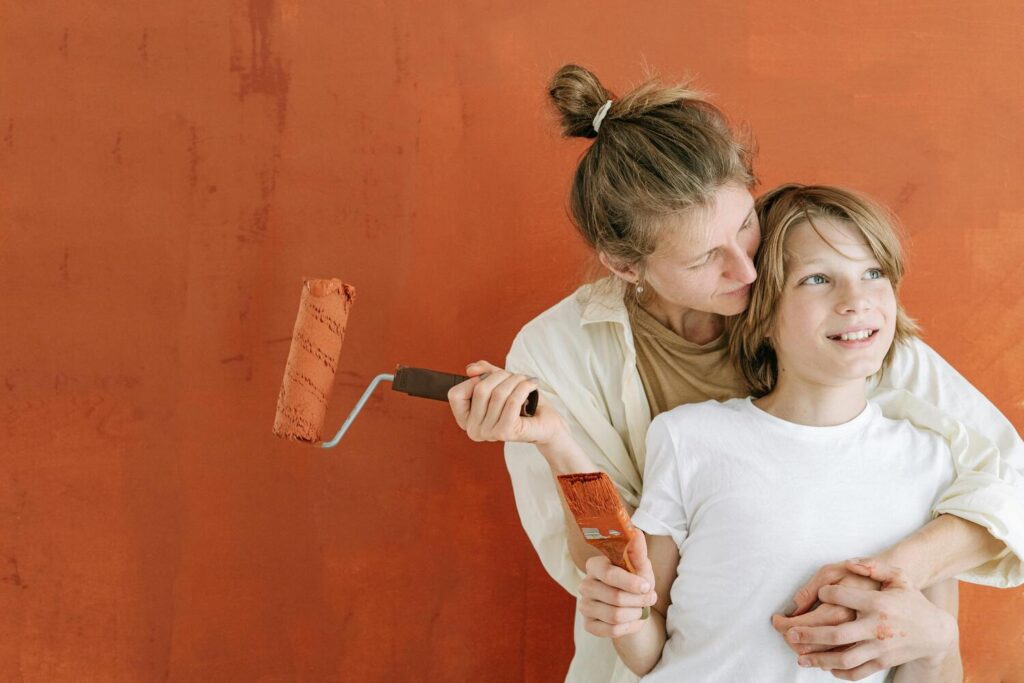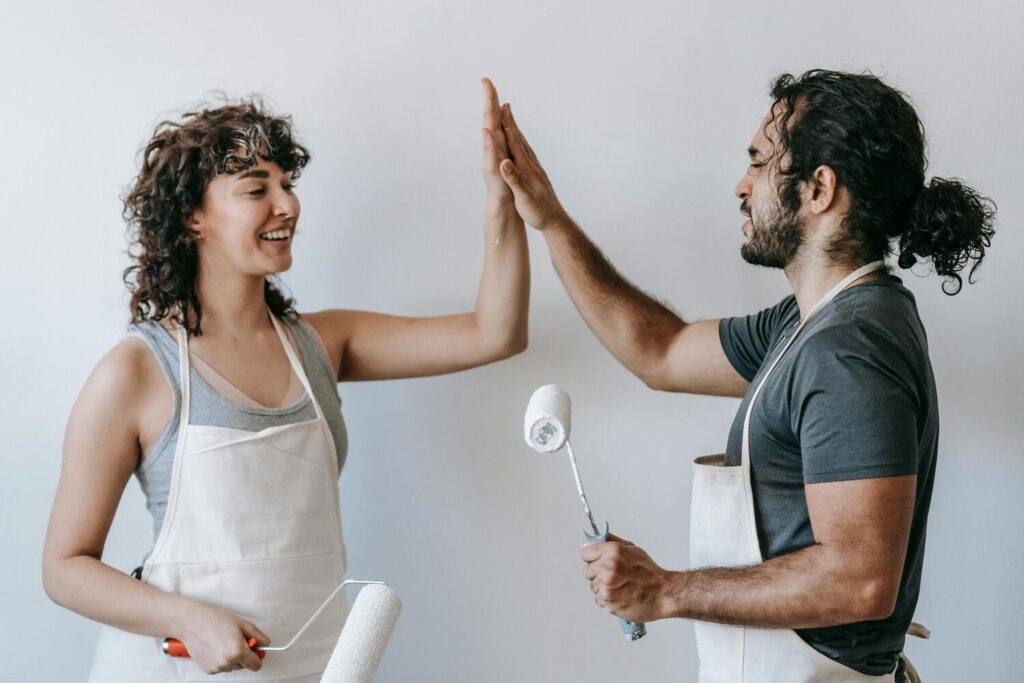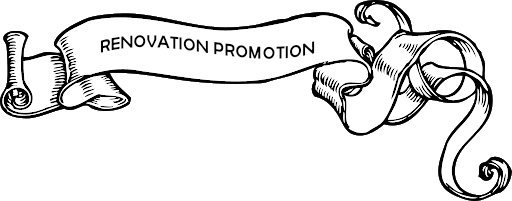Harnessing the Power of Colour in Interior Design

Colour is a powerful tool in the world of interior design, capable of evoking emotions, shaping perceptions, and influencing behavior in profound ways. From calming blues to energizing yellows, the hues we choose to incorporate into our living spaces can have a significant impact on our mood, productivity, and overall well-being. Understanding the psychological effects of colour and how different hues interact with our senses can help us create harmonious and inviting environments that reflect our unique personalities and lifestyles.
When it comes to harnessing the power of colour in interior design, it’s essential to first consider the psychological effects of different hues and how they can influence mood and behavior. For example, warm colours like red, orange, and yellow are often associated with feelings of energy, warmth, and positivity. These vibrant hues can stimulate the senses and create a sense of excitement and enthusiasm within a space, making them ideal for areas where social interaction and creativity are encouraged, such as living rooms, dining areas, and home offices.
On the other hand, cool colours like blue, green, and purple are known for their calming and soothing effects on the mind and body. These serene hues evoke feelings of tranquility, relaxation, and peace, making them well-suited for spaces where rest and relaxation are prioritized, such as bedrooms, bathrooms, and meditation rooms. By incorporating cool colours into your home design, you can create a serene and harmonious atmosphere that promotes restful sleep and reduces stress and anxiety.
In addition to considering the psychological effects of individual colours, it’s also important to think about how different colour combinations can impact the overall mood and atmosphere of a room. For example, complementary colours, which are located opposite each other on the colour wheel, can create a dynamic and visually stimulating contrast when used together. Think of classic combinations like blue and orange or purple and yellow, which create a sense of balance and harmony while adding visual interest to a space.

Analogous colour schemes, on the other hand, involve using colours that are adjacent to each other on the colour wheel, such as blue and green or red and orange. These harmonious colour combinations create a sense of unity and cohesion within a space, making them ideal for creating a calm and balanced atmosphere. Monochromatic colour schemes, which involve using varying shades of the same colour, can also create a sense of elegance and sophistication while adding depth and dimension to a room.
When it comes to incorporating colour into your home design, there are countless ways to get creative and express your personal style. Painting walls is perhaps the most obvious and impactful way to introduce colour into a space, but don’t overlook the power of furnishings, accessories, and textiles in adding pops of colour and visual interest. From vibrant accent pillows and throws to bold area rugs and statement artwork, there are endless opportunities to infuse colour and personality into your home decor.
Colour psychology plays a crucial role in interior design, shaping the mood, atmosphere, and functionality of our living spaces in profound ways. By understanding the psychological effects of different hues and how they interact with our senses, we can create environments that not only look beautiful but also feel harmonious, inviting, and supportive of our emotional and psychological well-being. So whether you’re looking to create a vibrant and energetic space or a serene and tranquil retreat, harnessing the power of colour is key to achieving your design goals.








